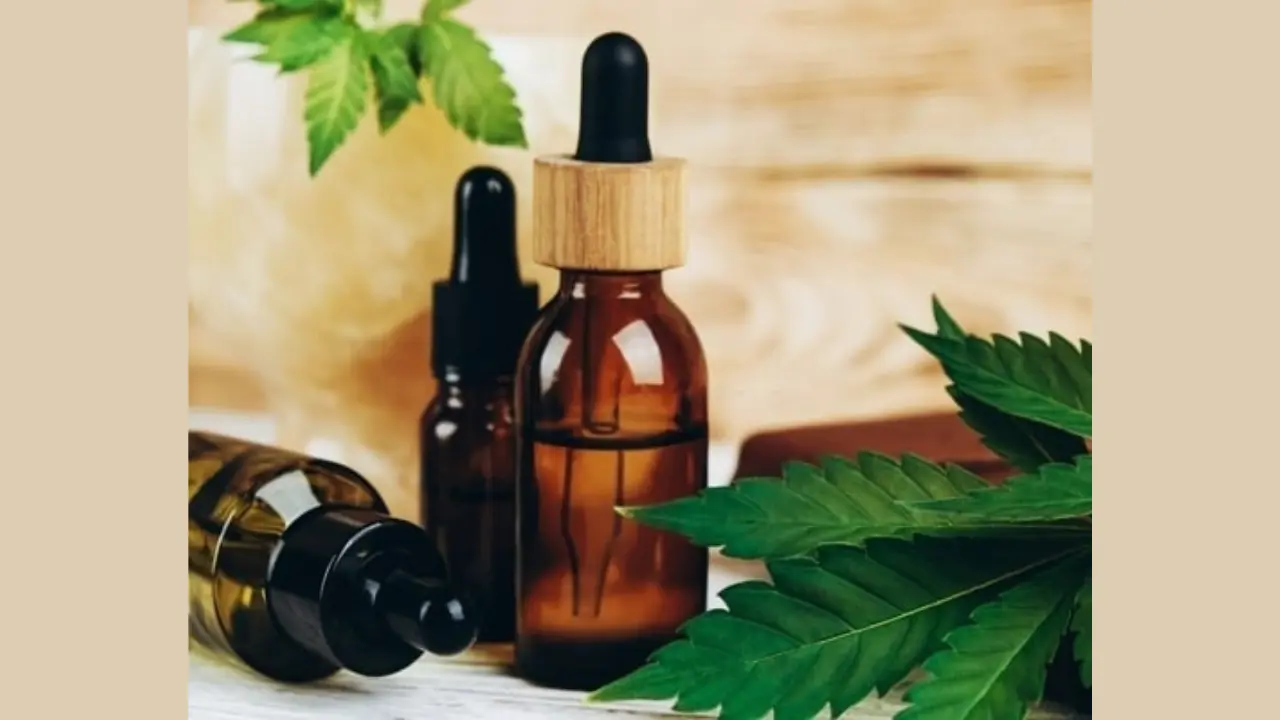When we think of green plants, our minds often jump to their nutritional value. Leafy greens, laden with vitamins and minerals, are staples of a healthy diet. But is that all there is to these verdant wonders? Beyond their role as nutritional powerhouses, green plants harbor a wealth of therapeutic and healing properties, offering benefits that transcend mere sustenance. They’re not just a part of our diet; they’re an integral component of our overall well-being. The world of greens is vast and varied, each type bringing its unique set of health benefits. It’s an evergreen story of nature’s bounty, where every leaf and stem holds potential healing powers. This journey into the world of greens reveals the broader spectrum of their capabilities, extending far beyond the dinner plate.
Nutritional Overview of Green Plants
The nutritional benefits of greens like spinach, kale, and broccoli are well-documented. They’re packed with essential nutrients, including iron, calcium, and a plethora of vitamins. Harvard School of Public Health highlights the role of these nutrients in supporting physical health, from bone strength to cardiovascular wellness. These greens are not just food; they are a foundation for a healthy body. But the story doesn’t end here. These nutritional giants are low in calories yet high in fiber, making them ideal for weight management and digestive health. They’re a natural source of energy, and essential for anyone looking to lead a healthy, active lifestyle. Moreover, their high antioxidant content helps combat oxidative stress, a key factor in aging and many chronic diseases. In a world where diet is increasingly linked to health outcomes, greens offer a simple yet powerful solution.
Therapeutic Properties of Green Plants
Beyond their basic nutritional profile, green plants offer remarkable health benefits. Phytonutrients and antioxidants found in these greens play a crucial role in disease prevention. Studies have shown that regular consumption of these plants can aid in combating chronic diseases like diabetes and heart disease. They’re not just food; they’re natural health allies. The anti-inflammatory properties of many green plants can help alleviate symptoms of arthritis and other inflammatory conditions. They also play a role in detoxifying the body, aiding in liver health and overall detoxification processes. Certain greens, like kale and Swiss chard, contain compounds that may help lower cholesterol levels, further protecting heart health. The bioactive compounds in these plants are a subject of ongoing research, continually unveiling new health benefits. Integrating a variety of greens into your diet is like tapping into nature’s own pharmacy.
Mental and Emotional Benefits of Green Plants
But what about the mind? The benefits of green plants extend into the realm of mental health. Consuming greens has been linked with mood enhancement and stress reduction. The mental clarity and cognitive benefits associated with a diet rich in greens are backed by science, including research from institutions like The American Journal of Clinical Nutrition. Moreover, interacting with green plants, such as through gardening, offers therapeutic psychological benefits, reinforcing our innate connection to nature. The act of nurturing plants can be incredibly grounding and meditative, offering a unique form of stress relief. Greens can also play a role in improving sleep quality, thanks to their high magnesium content, which is known to aid relaxation and sleep. The presence of green plants in living spaces has been shown to improve air quality, which can positively impact mental clarity and overall well-being. In essence, greens offer a holistic approach to health, nurturing both body and mind.
Cannabis: A Unique Green Plant with Diverse Uses
Cannabis stands out in the green plant kingdom. It’s recognized not just for its nutritional content but for its medicinal properties. This plant has been used for centuries for pain relief, anxiety reduction, and even managing symptoms of various medical conditions. As laws and perceptions change, the medicinal use of cannabis is becoming more accepted, opening doors to new therapeutic possibilities. But cannabis is more than its most famous compounds. It’s a complex plant with a rich history of healing. Its versatility in treating a range of conditions is only now being fully appreciated. From reducing chronic pain to easing the symptoms of anxiety and depression, cannabis is proving to be a multifaceted healer. Its potential extends beyond physical ailments; it also offers mental and emotional relief. As research continues, we’re only beginning to scratch the surface of what cannabis can do.
Safe Dosage of Cannabis
When it comes to cannabis, how much is enough? Microdosing, the practice of consuming small, controlled doses, is gaining traction. This approach allows individuals to experience the medicinal benefits of cannabis without overwhelming effects. It’s about finding that therapeutic sweet spot. For guidance on safe usage and dosing, consulting with healthcare professionals is crucial. Websites like NORML provide valuable information on responsible cannabis use and legal considerations.
Microdosing can be a game-changer for those seeking the therapeutic benefits of cannabis without the full psychoactive effects. It allows for a more controlled, personalized approach to herbal medicine. This method also highlights the importance of understanding and respecting the potency of herbs. Microdosing is not just about reducing the dose; it’s about redefining our relationship with medicinal plants. It encourages a mindful, intentional approach to herbal healing. The key to effective microdosing is consistency and attention to how one’s body responds. This mindful approach to cannabis consumption can maximize its benefits while minimizing risks.
Incorporating Green Plants into Everyday Life
Incorporating green plants into our daily lives can be simple yet transformative. It’s not just about salads; greens can be creatively integrated into various meals and even used in home remedies. The key is diversity and balance, ensuring a range of benefits from these natural sources of wellness. Adding greens to smoothies, soups, and even desserts can boost nutritional intake effortlessly. Experimenting with different types of greens can introduce new flavors and health benefits to your meals. For those who don’t enjoy the taste of certain greens, supplements, and green powders offer an alternative way to reap their benefits. Don’t forget about the power of herbs and spices, many of which are green plants with potent health benefits. Remember, the goal is to make the inclusion of greens a sustainable and enjoyable part of your lifestyle.
Conclusion
Green plants offer a world of benefits beyond their nutritional content. From their therapeutic properties to their mental health advantages, these plants are integral to a holistic approach to health. Embracing the full spectrum of benefits from greens, including the responsible use of cannabis, can lead to a more balanced, healthy life. They’re not just a dietary choice; they’re a lifestyle choice that can profoundly impact our health and well-being. As we continue to explore and understand these green wonders, we open ourselves to a world of natural healing and wellness.
Additional Resources
For those interested in exploring the health benefits of greens further, resources like The United States Department of Agriculture (USDA) provide extensive information. To deepen your understanding of the nutritional value of greens, visit NutritionData. And for those venturing into the world of medicinal cannabis, it’s vital to stay informed through reliable sources like Project CBD.
Remember, knowledge is the first step to wellness. Staying informed and curious about the world of green plants can lead to a healthier, more balanced life. These resources are gateways to understanding the full potential of greens, offering guidance and information for anyone looking to harness their power. Embrace the journey of discovery and let the green plants guide you to better health and well-being.



